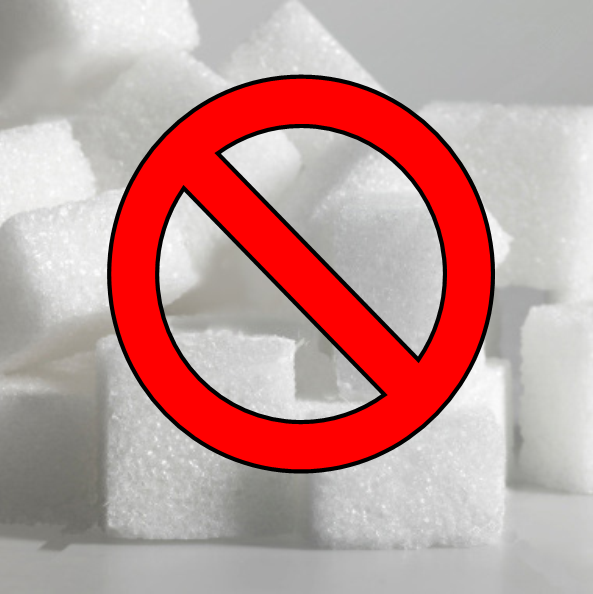Metabolic syndrome is not really a disease but a syndrome and what I would call a “pre-disease”. Metabolic syndrome is also known as syndrome X, or metabolic syndrome X, or even insulin resistance syndrome.
There are four primary symptoms of metabolic syndrome: central obesity, insulin resistance, hypertension, dyslipidemia (all explained below).
Having metabolic syndrome dramatically increases the risk for other diseases (mostly heart disease, stroke, and type-2 diabetes) and the potential for a shortened life.
The most important thing to know about metabolic syndrome, though, is that it acts like a canary in a coal mine warning you that you are at risk for much worse things to come (that is, if you don’t stop it in its tracks). The good news is that you can change what you are doing right now and avoid much of the pain that comes with having diabetes or heart disease.
Symptoms of Metabolic Syndrome
How do you know if you have metabolic syndrome? While the definitions for metabolic syndrome seems to change daily, most experts agree on the following definition for the syndrome:
- Central Obesity: Central obesity (see picture on this page) is where most of the fat that you carry is about your center or stomach. The other major way to carry extra weight is called pear shape (where excess fat surrounds the waist) and is not associated with metabolic syndrome. Waist measurements usually determine central obesity with measurements of over 40 inches (102 cm) for men or over 35 inches (88 cm) for women.
- Insulin resistance: Insulin resistance is where the cells of your body are resistant to the hormone insulin. Diabetes is a condition where the cells are very resistant to insulin, but there are all sorts of grades of insulin resistance before diabetes. Usually people start out somewhat insulin resistant and then it gets worse as times progresses. Insulin resistance is measured by having a fasting glucose more than 100 mg/dL (or you are taking blood sugar medications). Read more about insulin resistance here: Insulin Resistance
- Dyslipidemia: Dyslipidemia is a state where your blood fats are either too high or too low. You are familiar with many of these blood fats such as cholesterol and triglycerides. Dyslipidemia in metabolic syndrome usually is defined as having high triglycerides (over 150 mg/dL) and a low HDL cholesterol (less than 40 mg/dL for men and less than 50 mg/dL for women).
- Hypertension: Hypertension or high blood pressure greater than 130 systolic (top number) and 90 diastolic (bottom number).
What Can You do About Metabolic Syndrome?
If you are wondering what you can do about metabolic syndrome, the answer is a lot! While you might be looking for a pill that you can take, that is not your answer. The only way to change metabolic syndrome is to change what you are eating and how much you are exercising.
Here is my plan for stopping metabolic syndrome:
- Stop eating sugar: Okay, I know this is easier said than done, but you have to kick your sugar habit. I have a plan for kicking sugar (and foods that act like sugar) and you can take a look at it here: 30 Sugar Free Days.
- Exercise: You need to get at least 20 minutes, but more like 40 minutes of intense exercise in a day. Pick something like biking, swimming, running or other consistent exercise and practice it every day.
- Eat More Vegetables: Every chance you get you should put something fresh into your mouth. Find a way to incorporate vegetables into every meal you eat (yes, even breakfast).
Metabolic syndrome may seem like a one-way dead-end street to heart disease and diabetes, but it doesn’t have to be that way. Change what you are doing today and you can change who you are (and maybe how long you are going to live).














